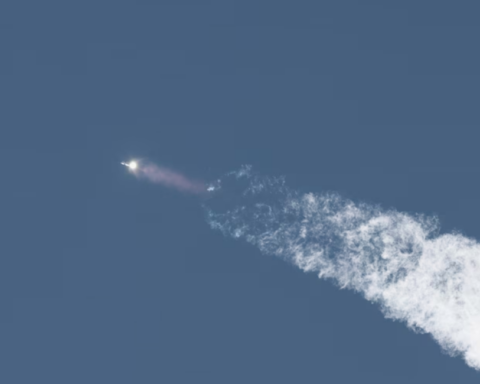Launched nearly 2 years ago, the European-Japanese probe took a black-and-white picture of earth’s neighboring planet, Venus from a distance of seventeen thousand kilometers, along with few of its own instruments in the picture.
The fly-by is the 2nd out of 9, planetary gravity that assists the spacecraft which needs for its 7-year excursion to Mercury. The 1st one was around Earth, and it happened in April.
The Space Agency has reported 1.3 billion euros. This mission is told to be one of the most challenging missions as of now. Planet Mercury’s severely high temperatures, the sun’s intense gravity pull, and blistering solar radiation form up to create hell-like conditions.
Image released by BepiColombo
BepiColombo will make 1 more fly-by of the planet Venus and 6 of Mercury itself to slow down before its entrance in the year, 2025. Once there, the spacecraft will split in 2, rolling out a European orbiter also known as Bepi that will pounce into Mercury’s inner orbit whereas Mio, which was built by the Japan Aerospace discovery Agency will collect information from a greater distance.
Both the probes are structured to cope with temperatures ranging from four hundred thirty degrees Celsius on the side which is going to be facing the sun, and minus one hundred eighty degrees Celsius in the planet’s shadow.
Analysts and scientists hope that the mission will assist them in understanding more about the planet, Mercury.
The previous spacecraft to visit Mercury was sent by NASA, and it ended in the year 2015 after a 4-year orbit. Previously, Mariner 10 which was also a part of NASA, flew past Mercury in and around 1975.







